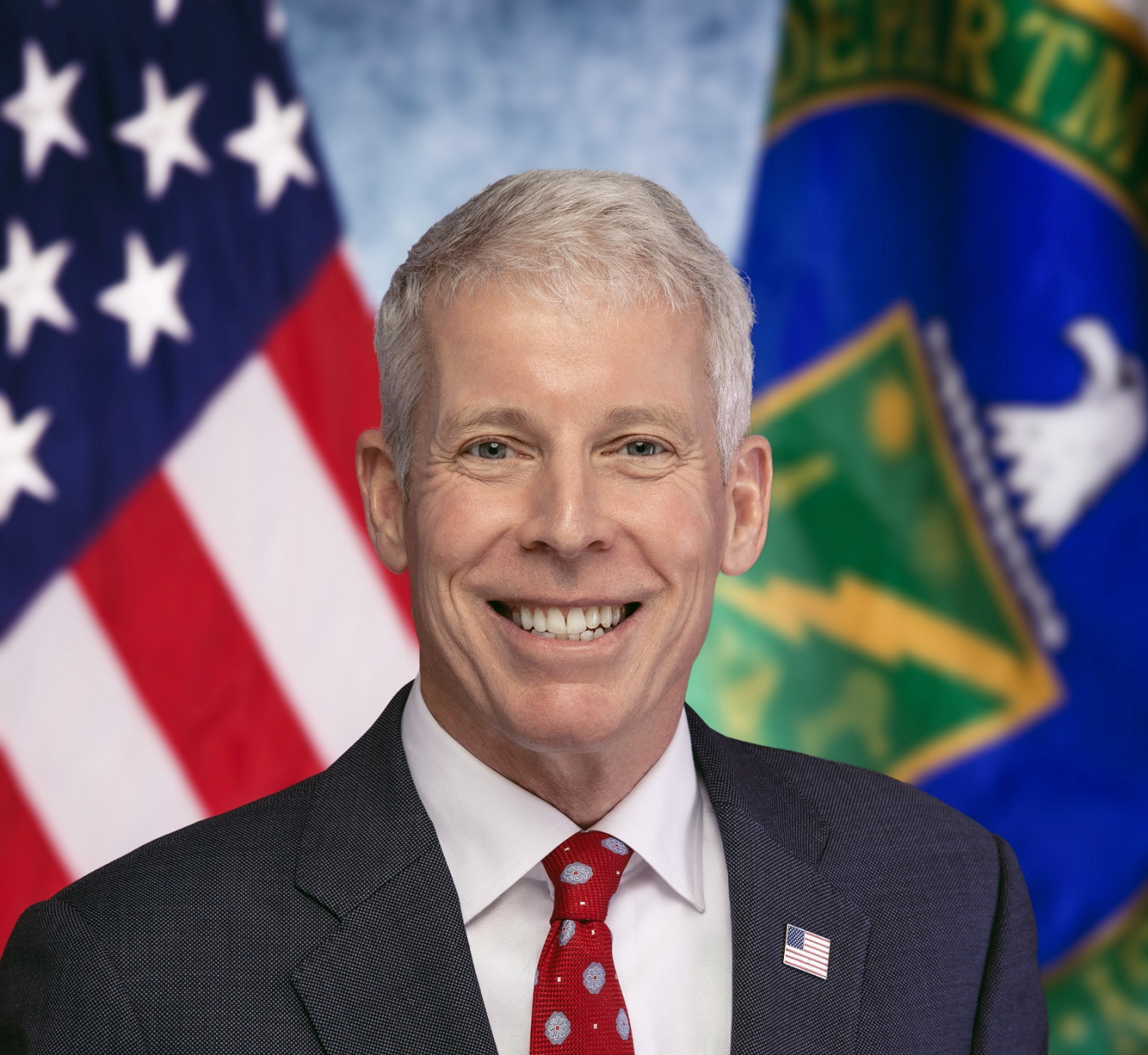
The National Nuclear Security Administration will move into “emergency shutdown procedures” Friday if the government does not reopen, Secretary of Energy Chris Wright said last week on Fox News.
“We have about eight more days of funding for the National Nuclear Security Administration [NNSA],” Wright said in an Oct. 2 interview with Fox News’s Laura Ingraham, putting the deadline at Oct. 10. “Eight more days and then we have to go into some emergency shutdown procedures, putting our country at risk.”
When the Exchange Monitor asked Sen. Jacky Rosen, whose district includes NNSA’s Nevada National Security Site (NNSS), for comment on Wright’s interview, Rosen said, “I beg to differ with Secretary Wright,” but did not elaborate.
“We will continue to push this administration, particularly the president, who said he’s open to having talks,” Rosen said in the halls of the Capitol Tuesday. “Well, my phone is here.”
On NNSS, Rosen added, “we do have the ability to be sure that everyone needs to be at work comes to work, essential personnel, those personnel are working, we hope that we can have the Republicans, all we’re asking, is for the Republicans who control the White House, the Senate, and the House of Representatives, to ask for a seat at the table about what we need to do to protect peoples’ health care. [Speaker] Mike Johnson [R-La.] in the House, they barely worked since August. He’s not even bringing the Congress back till next week.”
On this issue, Johnson said at a press conference last week at the Capitol that “the job in the House is done.” The House of Representatives has already passed the continuing resolution that the Senate has repeatedly voted down, Johnson said.
Rosen said Senate Majority leader John Thune (R-S.D) adjourned Congress early this past weekend “so they could all go home while people here in this country are suffering.”
“We’re just asking for that seat at the table, will be sure that everyone in Nevada gets taken care of when the government reopens and they will get their back pay and we appreciate their service and sacrifice to keeping our nuclear arsenal safe,” Rosen concluded.
The Senate is at a stalemate on Thursday and Friday, Days 9 and 10 of the government shutdown, when multiple times throughout the week the upper chamber yet again voted down a continuing resolution, which would require 60 votes, to start the government back up and fund the government until Nov. 21. The government remains in shutdown with no end in sight.
According to government spending tracker USASpending, as of August 30 $26.06 billion of NNSA’s $41.59 billion in total available budgetary resources had been paid out, leaving $15.53 billion leftover at the beginning of September.
In response to a query about how much money is left today, NNSA did not answer, but said the agency is “using its full range of budgetary and contractual authorities to sustain operations for the maximum possible duration,” and said there have been no furloughs at this time.
“If available funds are exhausted, key personnel will stay on, unpaid, to maintain crucial oversight and safety of the Nuclear Security Enterprise on behalf of the American people,” an NNSA spokesperson said.
DOE’s shutdown contingency plan released last week said if the government’s lapse in appropriations lasts five days or less, “there would be no disruption” to department operations. “DOE has historically had sufficient previously appropriated funds that remain available to support operations during a short term lapse,” the plan said.
However, as soon as leftover money is drawn, DOE will start an “orderly shutdown” of work it can live without for the short term, according to the document.
“DOE would be able to shut down all non-excepted federal functions within a half day of exhaustion of available balances, with some exceptions involving the movement of nuclear materials,” DOE said, referring to NNSA’s Office of Secure Transportation.
President Donald Trump has said that many federal employees could be subject to layoffs if the government shuts down. The DOE contingency plan said a “prolonged lapse in appropriations may require subsequent employee furloughs,” with a “limited number of employees” potentially recalled in the event of a threat.
Wright said in a separate interview with CNN that same day that staffing would need to be reduced at the DOE’s semiautonomous agency in charge of maintaining the nation’s nuclear weapons stockpile. “We have to go into an emergency shutdown program to keep a limited number of people to make sure our weapons are safe, but it’s highly disruptive to our operations that we’d have to reassemble again,” he said.
An accompanying document said DOE estimates it would need around 1,600 people to protect life and property and carry out certain mandated tasks during a shutdown. The agency had a total payroll of around 15,200 full-timers as fiscal 2025 wound down. With the Trump administration’s deferred retirements and other departures, the number was expected to be 13,800 as of last week. However, the contingency plan said DOE would maintain NNSA staff focused on weapons activities and on operating “critical control operations systems” or stifling the spread of nuclear weapons, but did not include specific staffing numbers.
Wright also said in the Fox News interview he still needs five more nominees confirmed for DOE, and put the onus on Democrats for not confirming them. Since the interview, three more DOE nominees, including Tim Walsh to head DOE’s Office of Environmental Management, were confirmed on Tuesday Oct. 7.
“In my own department there’s over 20 people that need to be confirmed by the Senate,” Wright said. “The key deputies in the department, only had two of them when September arrived. They just decided to throw a tantrum and not confirm the guy who was going to be over the stewardship of our nuclear weapons stockpile. That’s just crazy.”